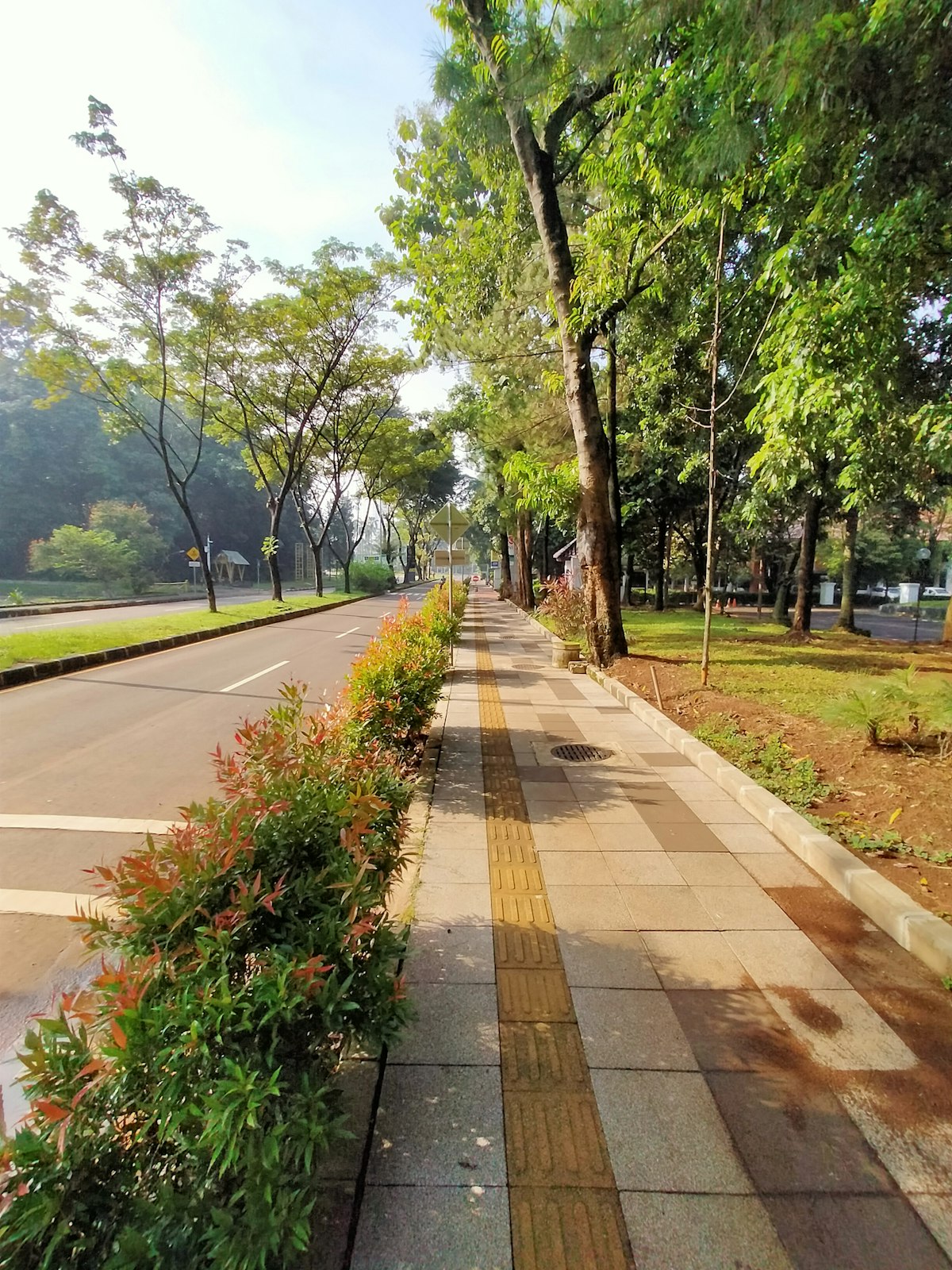Demystifying Planning: Public Easements on Private Property
Demystifying Planning: Public Easements on Private Property – easements are legal agreements that grant the public use or access to private property.

Introduction
As a new city planning commissioner, I'm constantly learning technical terms and trying to understand their impact on our city planning process. When I'm confused about a term or concept, I try to figure it out myself, but sometimes it's important to ask for help. In this series of blog posts, I aim to demystify common planning terms and concepts and discuss their impact on our planning. Let's start with public easements on private property.
Table of Contents
- Definition: What are Public Easements?
- Three Types of Easements: Express, Prescriptive, and Easements by Necessity
- Public Easements on Private Property
- Final Thoughts
Definition: What are public easements?
Public easements are legal agreements that grant the public access or use of private property for specific purposes, such as sidewalks, utility lines (water, gas, electricity), or public parks. Easements can be temporary or permanent and are usually established for the benefit of the public. These easements can have a significant impact on property owners and must be carefully considered in city planning decisions. In Ann Arbor, there are public easements for city utilities (water, sanitary, storm) and private easements (gas, electric, telephone, fiber, etc).
Three Types of Easements: Express, Prescriptive, and Easements by Necessity
Public easements can be classified into three types: express easements, prescriptive easements, and easements by necessity. Express easements are granted in writing by the property owner. Express easements must be signed by both parties and are typically recorded with the deeds to each property. Prescriptive easements are acquired through long-standing and continuous public use. Easements by necessity are established when access to a property is necessary for the use and enjoyment of another property.
Public easements on private property
Public easements on private property can impact property owners significantly. While the public has the right to use the property for the specific purpose specified in the easement agreement, the property owner is responsible for maintenance and upkeep. For example, private property owners in Ann Arbor are responsible for removing snow and ice from sidewalks in front of their properties. The city can also install sidewalks on private property. Recently, Ann Arbor faced neighborhood opposition when it planned to install new sidewalks on private property on Newport & Sunset roads. After public comments, the city decided to delay the installation of new sidewalks prosed in this public meeting. This, in spite of the fact that closing sidewalk gaps is consistent with Ann Arbor's "Moving Together Towards Vision Zero" transportation plan and the Complete Streets Policy. I often see the city spend time and resources building a plan with extensive public comment, only to face public outcry and scrap the plan when it's time to implement it.
It's important to note that public easements on private property do not affect property ownership. The property owner still has the right to use and enjoy the property, subject to the terms of the easement agreement. However, the public's right to use their property for the specific purpose specified in the agreement takes precedence over the property owner's rights. In Ann Arbor, the city often asks private property owners and developers to contribute to a park fund, which allows the city to purchase land and create public parks.
Final thoughts
The city planning department is responsible for balancing the rights of property owners with the needs of the public and making informed decisions about public easements. As we work to create livable and sustainable communities, it's crucial to consider the rights of all stakeholders and make decisions that benefit both property owners and the public.